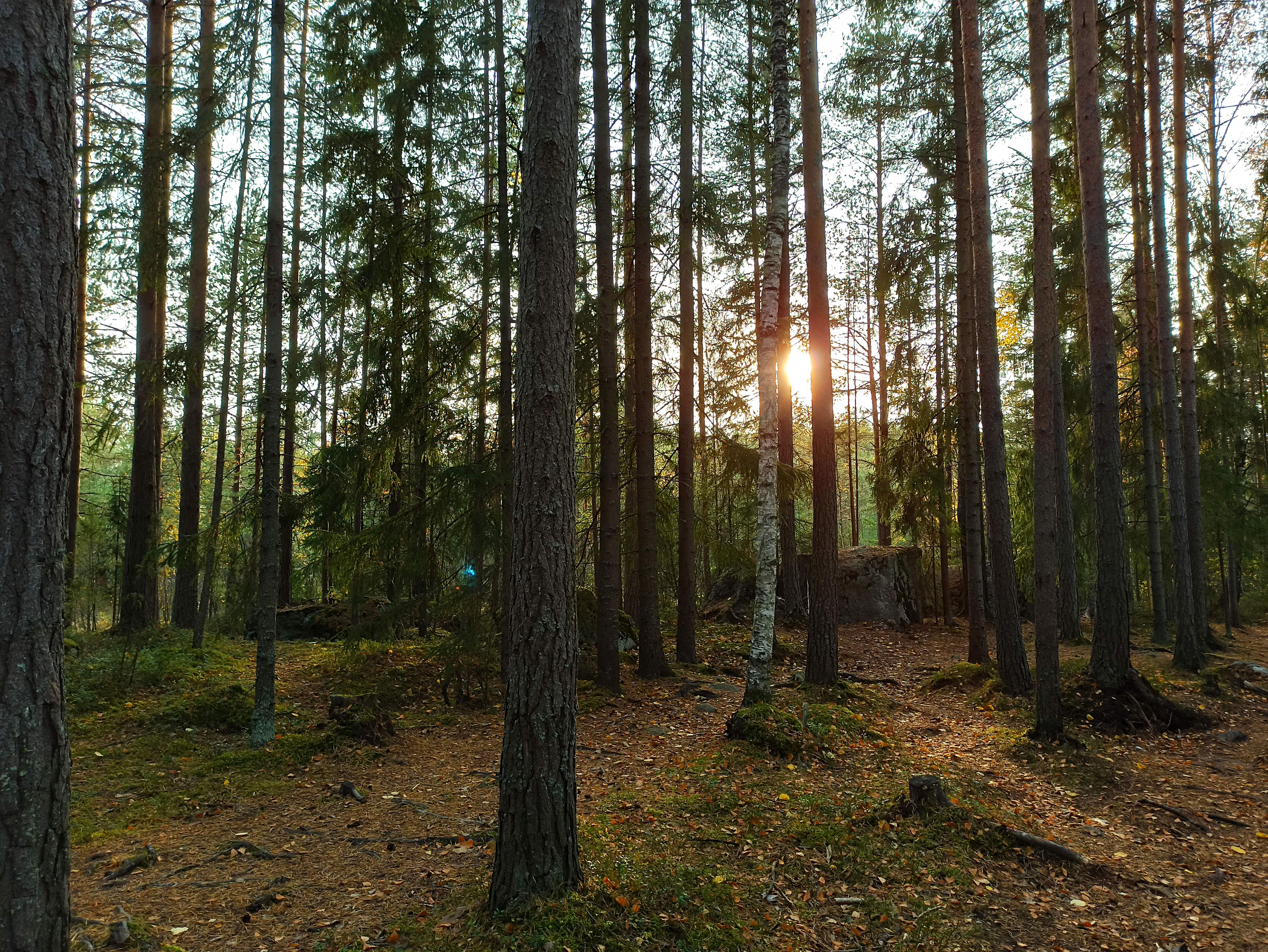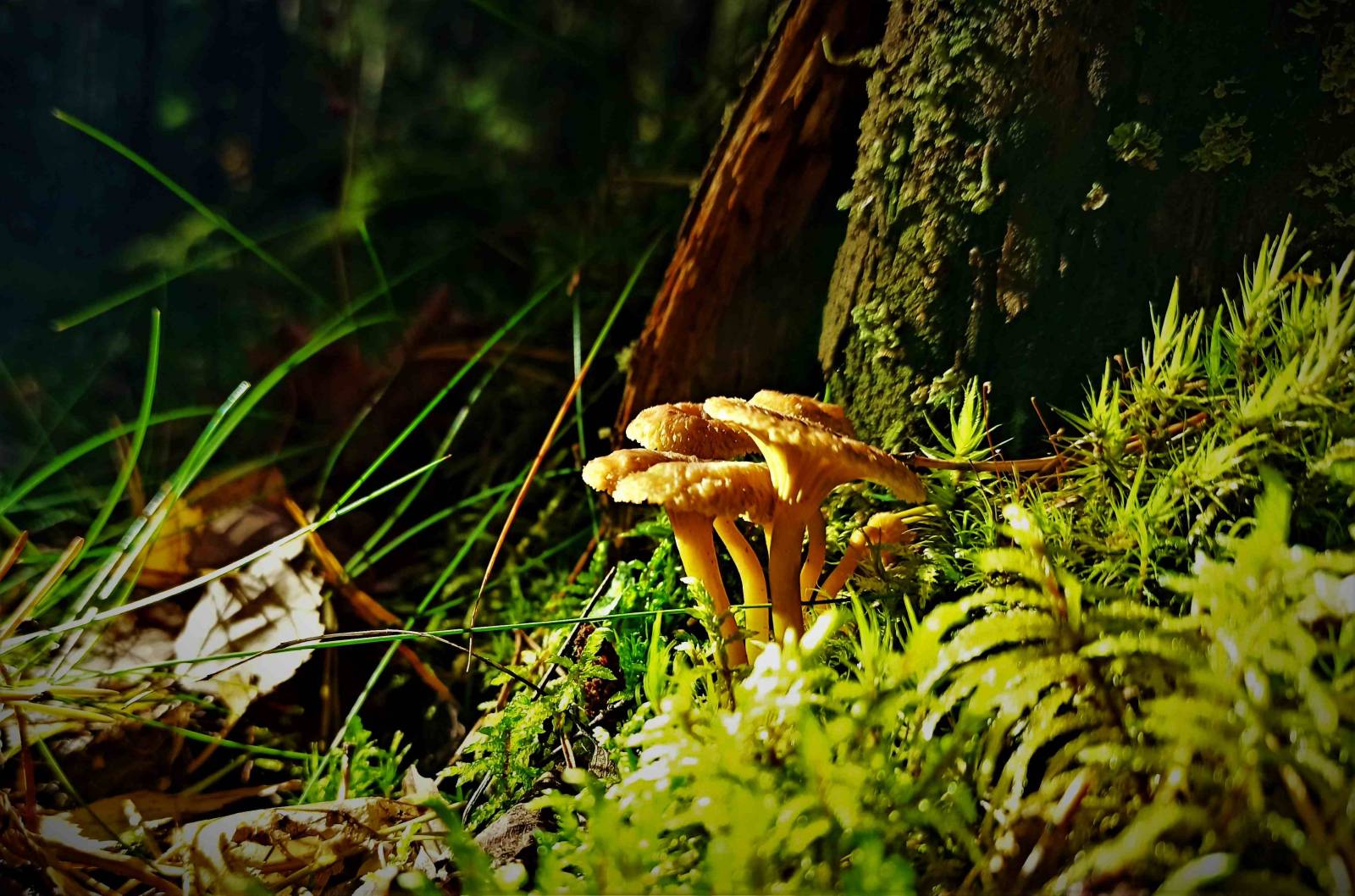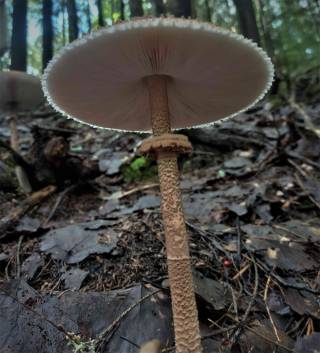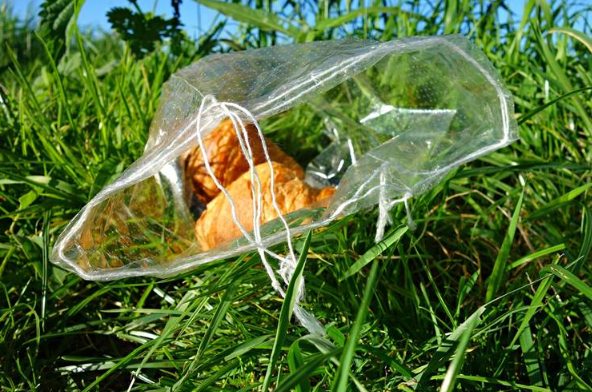How can wild mushrooms be harvested sustainably?
Mushrooms are mysterious organisms that we have only begun understanding. For example, it is estimated that only 1% of all fungi species on Earth have been identified. In fact, the fungal species that we have identified are still being sorted into the correct taxonomical categories. In addition to this, many fungi have growth patterns that we cannot yet understand. Some species may only show their fruiting body every few years, only under certain environmental conditions. With these things in mind, it is extremely difficult to keep track of fungi populations to ensure they are not decreasing or disappearing altogether.
For most foragers, this prompts the question: how can I make sure I am harvesting sustainably? Many people use harvesting traditions from their ancestors in an effort to preserve fungi populations. Popular methods include twisting the mushroom from the mycelium, cutting the mushroom and leaving the base of the stem, or leaving some of the mushrooms whole and untouched. So, who is harvesting sustainably? The answer is actually much simpler than you might think: everyone.
The anatomy of a fungus
The anatomy of fungus has a good bit to do with the way that they work. Mycelium is a network of underground hyphae that makes up most of a fungus, while mushrooms are their tools for sexual reproduction. Fungi produce fruiting bodies (mushrooms) above the surface of the soil so that they can spread their spores. In case this method proves unsuccessful, the mushroom also spreads asexually through mycelium. These massive networks of mycelium work in symbiosis with many organisms by spreading nutrients and water throughout the environment. Mycelium also breaks down decaying matter, enriches the soil, and opens space for new growth. The fruiting bodies are meant to spread their spores and decay; they provide no other service to the organism as a whole. To put it in perspective, imagine that the mycelium is an apple tree, while the mushrooms are apples. If you pick an apple, would you expect the whole tree to die? Or, if you picked all of the apples on the tree, would the tree die? Of course not. Despite mushrooms being vastly different from plants, this analogy is perfect to exemplify the misunderstood relationship between mushrooms and their mycelium.
What does the research say about different methods of harvesting?
Researchers in Switzerland spent nearly thirty years on an experiment to determine what effects the yield of fruiting bodies in fungi. In the study, five blocks were divided into three 10 m × 10 m plots containing three treatments: harvesting by picking, harvesting by cutting, and a third plot which was trampled but not harvested at all. In the two harvesting plots, the mushrooms were completely removed to mimic a mushroom harvester. In the picking area, the mushrooms were pulled directly out of the mycelium, damaging it slightly. In the cutting area, the mushrooms were cut at the base of the stem to avoid any damage to the mycelium.
During the course of the experiment, almost 98 000 mushrooms were harvested, comprising 436 distinct species. After 27 years, the experiment showed that there is no significant difference in the yield whether you cut or pluck the mushroom. Because removing the fungal bodies effectively also removes their spores, it was concluded that the fungi must have had enough spores coming from neighboring areas or reproduced asexually through mycelium. The tramping plot, however, did show a reduction in fruiting yield despite the mycelium remaining healthy. This can be observed on hiking trails where fungi tend to avoid the well-traveled areas, but still have healthy populations along the sides of the trail.
In conclusion, the yield of fungi populations appears to be most affected by habitat destruction, not from improper harvesting. The best way a forager can ensure they are harvesting sustainably is to walk lightly and avoid heavy foot traffic when going off the designated trail. In addition, harvesting containers should be breathable to allow spores to spread while you harvest. Baskets and mesh bags are the best containers to use for harvesting. Contrary to widespread belief, whether foragers cut or pluck their specimens is a matter of personal preference and does not influence the future yield of fungi populations.





